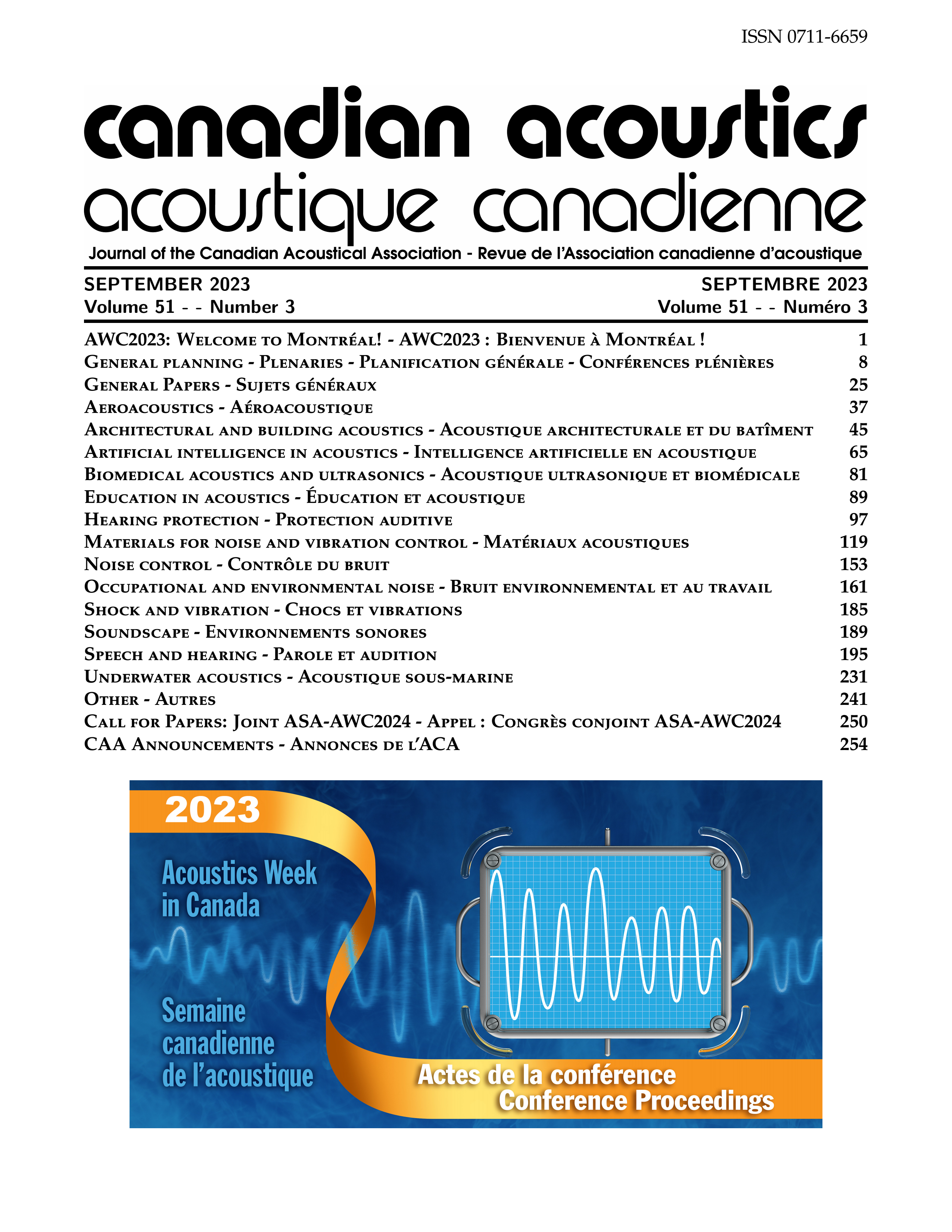Tongue Adjustments in the Chest-Head Register Transition of Operatic Singers
Abstract
The change in register from head to chest voice has been widely associated with laryngeal adjustments, including greater vocal fold adduction [Thalén & Sundberg (2009) LPV 26], longer glottal closed phase [Henrich, D. N. (2006) LPV 31], and vocal fold thickening [Herbst, Ternström, & Švec (2009) JASA 125]. Comparatively little research has looked at supralaryngeal adjustments across singing registers. Notably, Echternach and colleagues conducted a series of real-time MRI studies investigating the shape of the supraglottal vocal tract between registers. They found that the tongue dorsum was more elevated and farther back in falsetto than in modal voicing for operatic singers [Echternach et al. (2011a) J Voice 25]. A further study of classical singers and yodellers found the tongue dorsum was more elevated for higher pitches [Echternach et al. (2011b) LPV 31]. These studies showed significant variation across individuals and different vowels [Echternach et al. (2014) J Voice 28]. All of these previous studies, however, measured the tongue at only two points: tongue dorsum/body height and pharynx width. The present study aims to provide a more comprehensive investigation into the specific tongue adjustments made during register shifts. In particular, we will report on ultrasound imaging measurements of advancement and retraction of the tongue root and overall change in tongue contour. These measurements will be reported for trained opera singers producing transitions between chest and head register, across six vowels. Preliminary results indicate that singers raise the tongue body while advancing the tongue root across the chest-head transition. These findings contribute a more thorough understanding of the significance of tongue adjustments in register transitions.Additional Files
Published
How to Cite
Issue
Section
License
Author Licensing Addendum
This Licensing Addendum ("Addendum") is entered into between the undersigned Author(s) and Canadian Acoustics journal published by the Canadian Acoustical Association (hereinafter referred to as the "Publisher"). The Author(s) and the Publisher agree as follows:
-
Retained Rights: The Author(s) retain(s) the following rights:
- The right to reproduce, distribute, and publicly display the Work on the Author's personal website or the website of the Author's institution.
- The right to use the Work in the Author's teaching activities and presentations.
- The right to include the Work in a compilation for the Author's personal use, not for sale.
-
Grant of License: The Author(s) grant(s) to the Publisher a worldwide exclusive license to publish, reproduce, distribute, and display the Work in Canadian Acoustics and any other formats and media deemed appropriate by the Publisher.
-
Attribution: The Publisher agrees to include proper attribution to the Author(s) in all publications and reproductions of the Work.
-
No Conflict: This Addendum is intended to be in harmony with, and not in conflict with, the terms and conditions of the original agreement entered into between the Author(s) and the Publisher.
-
Copyright Clause: Copyright on articles is held by the Author(s). The corresponding Author has the right to grant on behalf of all Authors and does grant on behalf of all Authors, a worldwide exclusive license to the Publisher and its licensees in perpetuity, in all forms, formats, and media (whether known now or created in the future), including but not limited to the rights to publish, reproduce, distribute, display, store, translate, create adaptations, reprints, include within collections, and create summaries, extracts, and/or abstracts of the Contribution.


